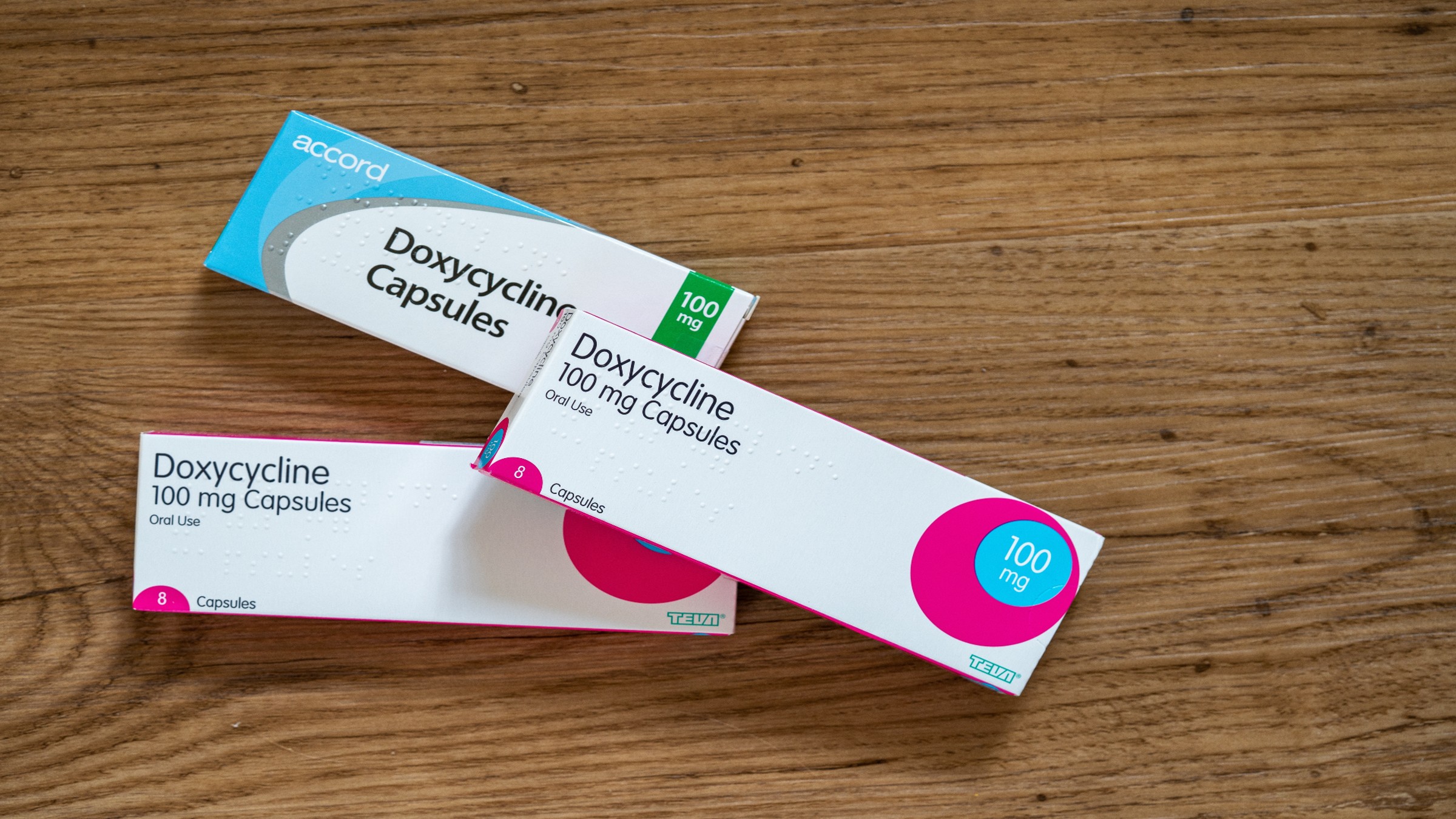CDC to recommend some people take an antibiotic after sex to prevent sexually transmitted infections
The CDC issued a draft of its guidance for how and when the antibiotic doxycycline should be used as a preventive treatment for STIs, a regimen known as doxy-PEP.

Certain people should consider taking an antibiotic treatment after having unprotected sex to prevent sexually transmitted infections (STIs), the Centers for Disease Control and Prevention (CDC) will soon recommend.
The agency just released a draft of its recommendations for who should use the drug regimen, known as doxy-PEP, and how, and the agency will be accepting public feedback on that draft until Nov. 16. In its drafted guidelines, the CDC says that doxy-PEP should be given to those most heavily impacted by the recent surge in bacterial STIs in the U.S.: men who have sex with men (MSM), as well as transgender women.
Most clinical trials of doxy-PEP have included people in these groups, and there's less evidence to suggest the treatment would benefit others, such as cisgender, heterosexual men and women. However, this may change as more studies are done, Dr. Jonathan Mermin, who oversees the CDC's STI prevention efforts, told The Associated Press.
MSM and transgender women who have had at least one bacterial STI in the past year and are at ongoing risk of being infected again should consider taking doxy-PEP, the CDC draft guidance states. It can also be considered for MSM and transgender women who haven't had a recent STI but plan to attend events where the risk of exposure might be high.
Related: Dangerous 'superbugs' are a growing threat, and antibiotics can't stop their rise. What can?
Doxy-PEP involves taking a prescription antibiotic called doxycycline soon after unprotected sex. The CDC guidance says that 200 milligrams of doxycycline should be taken within three days of having unprotected oral, vaginal or anal sex to cut the risk of the STIs chlamydia, syphilis and gonorrhea.
Clinical trials suggest that people who take doxy-PEP get gonorrhea, chlamydia and syphilis at about one-third the rate of those who don't take the pills. It works best for chlamydia and syphilis, cutting the risk by nearly 80%, while it reduces the risk of gonorrhea by about 50%.
Sign up for the Live Science daily newsletter now
Get the world’s most fascinating discoveries delivered straight to your inbox.
Doxycycline can cause greater skin sensitivity to sunlight and gastrointestinal issues. However, the treatment may come with additional downsides that aren't yet fully understood.
"Current data suggest overall benefit of the use of doxycycline PEP," the CDC guidance states, "but potential risks related to the development of resistance and impacts on the microbiome [the array of bacteria that live in the body] will need to be closely monitored after implementation of these guidelines."
Exposure to antibiotics, especially "broad-spectrum" drugs like doxycycline, pushes bacteria to evolve to resist the drugs over time. Using antibiotics appropriately and sparingly is a key strategy to stop antibiotics from becoming obsolete.
Health officials have some concern that doxy-PEP could worsen the problem of resistance — but many experts hope it won't and suggest it may actually reduce the use of antibiotics.
"This isn't a choice between antibiotics and no antibiotics in men and transgender women with a history of recurrent STIs," Dr. Annie Luetkemeyer, a professor of infectious diseases at the University of California, San Francisco and leader of a doxy-PEP trial, said in a recent statement. "The alternative here for many is repeated STIs that lead to recurrent antibiotics. Doxy-PEP may mitigate the amount of antibiotics used."
This article is for informational purposes only and is not meant to offer medical advice.

Nicoletta Lanese is the health channel editor at Live Science and was previously a news editor and staff writer at the site. She holds a graduate certificate in science communication from UC Santa Cruz and degrees in neuroscience and dance from the University of Florida. Her work has appeared in The Scientist, Science News, the Mercury News, Mongabay and Stanford Medicine Magazine, among other outlets. Based in NYC, she also remains heavily involved in dance and performs in local choreographers' work.
What are mRNA vaccines, and how do they work?
Deadly motor-neuron disease treated in the womb in world 1st










